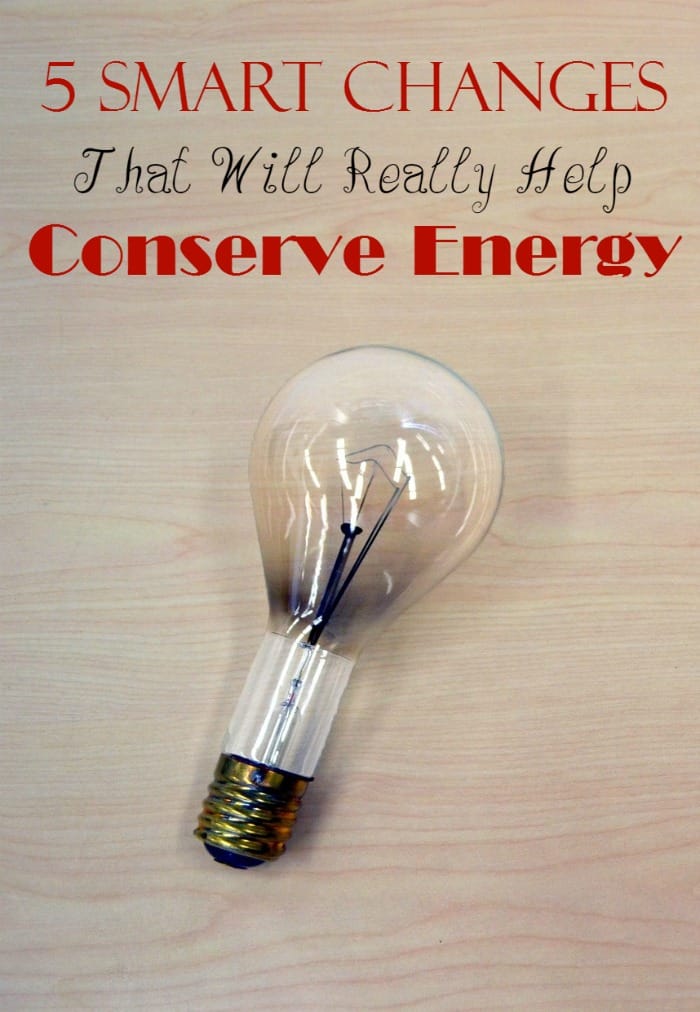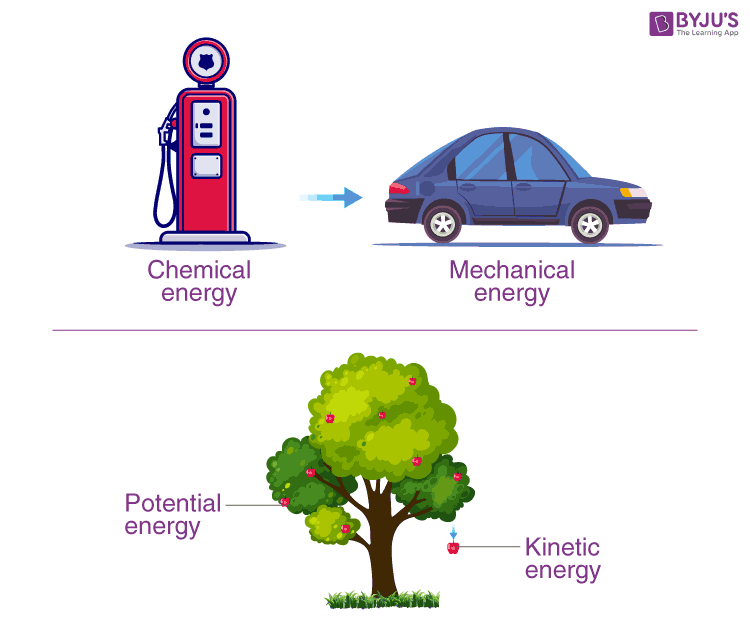The urgency to conserve energy has never been more palpable in our modern society. As we grapple with climate change and dwindling natural resources, the call to action becomes clearer. Simple, mindful adjustments in our daily lives can usher in transformative results, ultimately helping to save our planet. While the journey may seem daunting, the power lies within the choices we make each day. Below are practical yet impactful strategies that can steer us toward a more sustainable future.
Incorporating energy-efficient practices does not require a complete overhaul of lifestyle; rather, it asks for a selective embrace of smart changes that, cumulatively, can yield significant benefits. Each small step signifies a larger commitment to environmental stewardship. Let’s delve into these dynamic strategies.
**Harnessing the Power of Natural Light**
One of the most aesthetic yet functional ways to conserve energy is through the judicious use of natural light. Daylighting, or the intentional use of sunlight, can dramatically reduce reliance on artificial lighting. This approach not only minimizes energy consumption but also enhances the ambiance of our living spaces. Large windows, skylights, or even light tubes can channel sunlight into a room, brightening spaces and reducing the need for electric lighting.
To maximize this benefit, consider the strategic placement of mirrors and reflective surfaces. Not only do these elements contribute to a room’s beauty, but they also recycle natural light throughout the space. Additionally, incorporating light-colored fabrics and furnishings can further amplify the effect of daylit environments, creating a serene and cheerful atmosphere.
**Investing in Energy-Efficient Appliances**
Another facet of energy conservation is upgrading to energy-efficient appliances. Modern technology has spurred the development of devices that consume significantly less energy than their predecessors. Whether it’s refrigerators, washing machines, or heating and cooling systems, opting for Energy Star-rated products can lead to substantial energy savings.
The aesthetic appeal of these appliances often aligns with contemporary design trends, ensuring that functionality does not overshadow style. Sleek lines, modern finishes, and innovative features coalesce to create visual harmony in kitchens and utility spaces. While the initial investment may seemed daunting, the long-term financial and environmental savings create a compelling case for making such purchases.
Furthermore, adopting smart home technologies can optimize the performance of these appliances. Smart thermostats and energy monitors can provide real-time data on energy consumption, empowering users to make informed choices. The beauty lies not just in the functionality, but in the seamless integration of technology into daily life.
**Embracing Renewable Energy Sources**
To take energy conservation a step further, exploring renewable energy sources offers an intriguing alternative. Solar panels, wind turbines, and geothermal systems present viable solutions to reduce carbon footprints and harness nature’s energy. Each installation varies in aesthetic impact, with options available that blend into the architectural style of one’s home.
For those hesitant about the visual impact, roof-integrated solar systems offer sleek solutions that discourage the distraction of bulky equipment. They can enhance rather than detract from the overall design of a structure. Additionally, community energy projects provide the opportunity to participate in renewable initiatives without individual installations, fostering a collective commitment to sustainability.
**Conscious Energy Consumption Habits**
Cultivating conscientious consumption habits is paramount in energy conservation. Simple practices can foster significant change; for example, turning off lights when exiting a room, unplugging devices not in use, or using smart power strips can collectively save considerable energy. Engaging family members or housemates in this initiative ensures a collaborative effort toward energy efficiency.
Regularly assessing energy usage by tracking consumption can illuminate areas for improvement. Upon recognizing habits that may need adjustment, behaviors can be modified to establish a culture of resourcefulness. These small adjustments foster an atmosphere of accountability and empower individuals to become proactive stewards of energy conservation.
**Sustainable Landscaping Practices**
Lastly, redefining our external environments has a profound impact on overall energy conservation. Sustainable landscaping not only beautifies but also functions as a natural climate control system. Strategically planting trees and shrubs around property can provide windbreaks in winter months and shade during the summer, reducing dependency on heating and cooling systems.
Utilizing native plants is an aesthetically pleasing choice that requires less water and maintenance, and ultimately diminishes energy consumption related to irrigation and landscaping care. Creating a thriving green space encourages biodiversity, which serves to enrich the ecosystem, further amplifying the positive repercussions of energy conservation efforts.
**Conclusion: Individual Action for Collective Impact**
The soul of energy conservation lies within our individual choices and collective actions. By implementing simple yet impactful changes in our everyday lives, we embrace a culture of sustainability. As we transition to energy-efficient practices, we contribute to a larger narrative of environmental responsibility, demonstrating that each choice, no matter how minute, has the potential to ripple through our communities and beyond.
Thus, the quest to conserve energy is not merely a personal endeavor but a pivotal movement toward preserving the planet for future generations. United in this initiative, we can effectuate meaningful change—one small step at a time.



